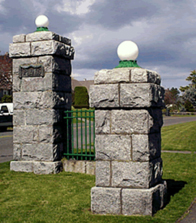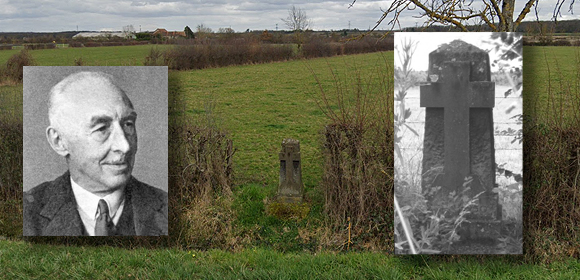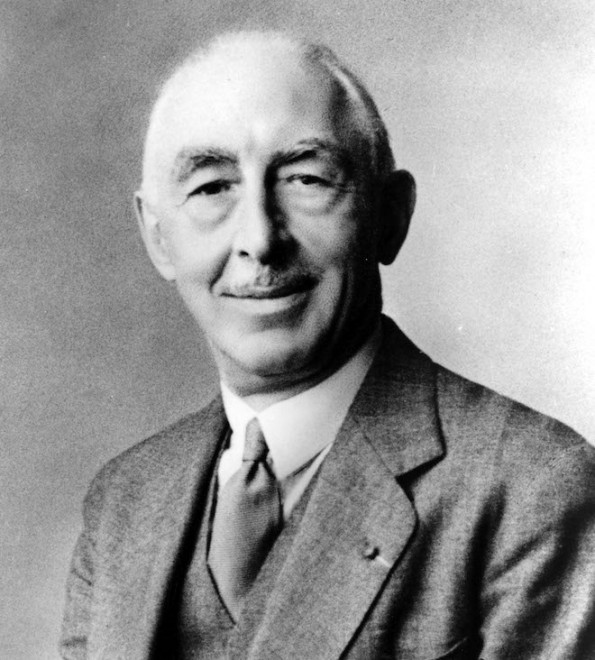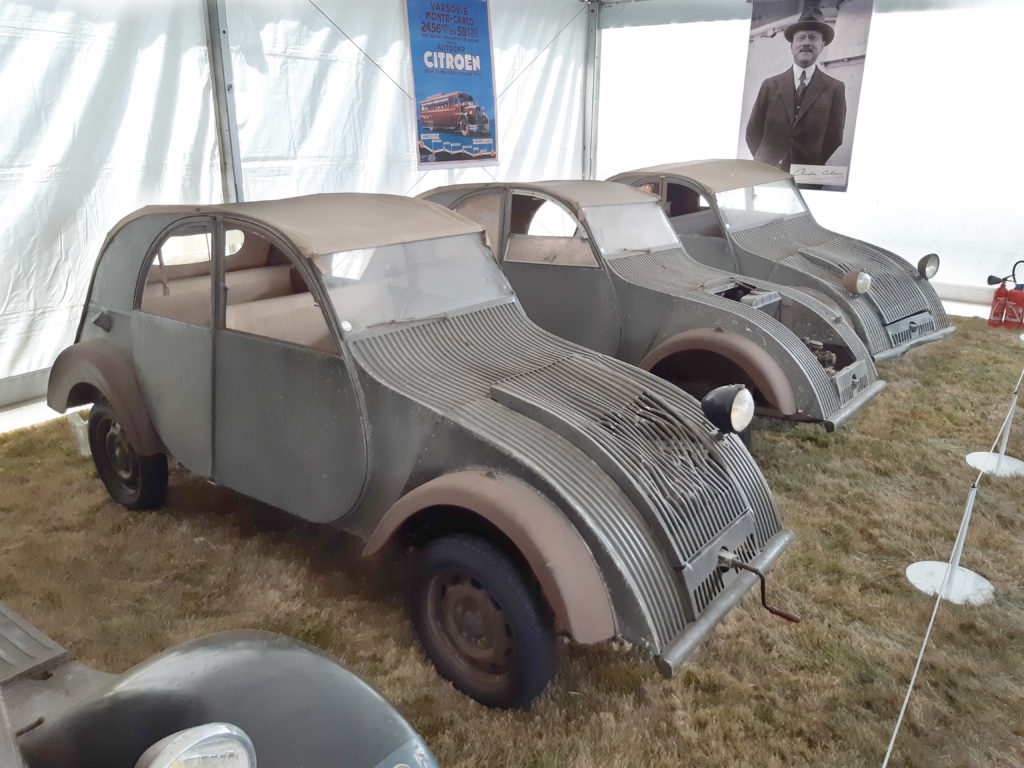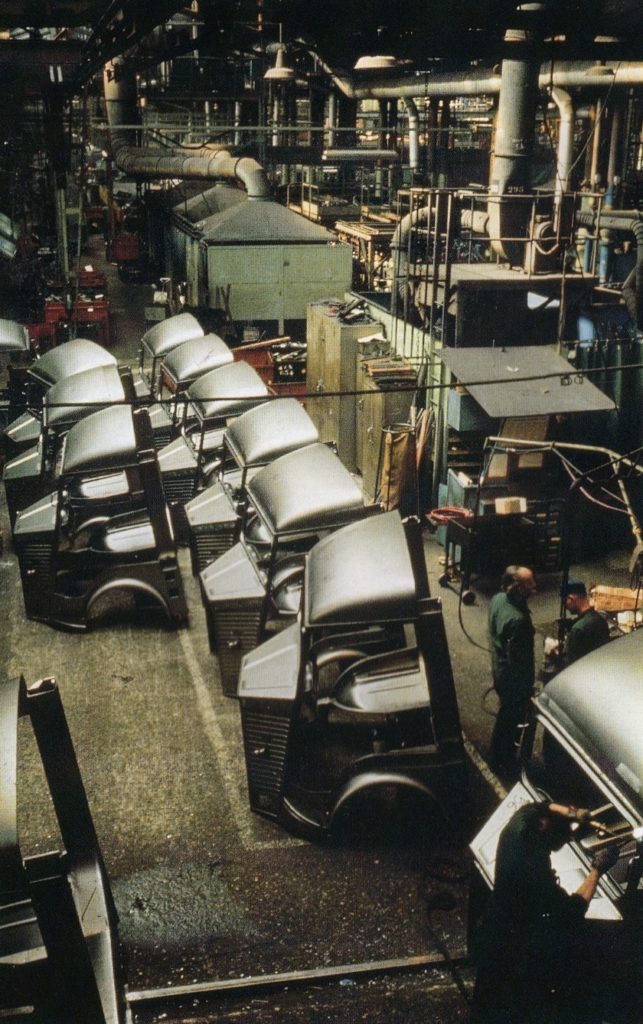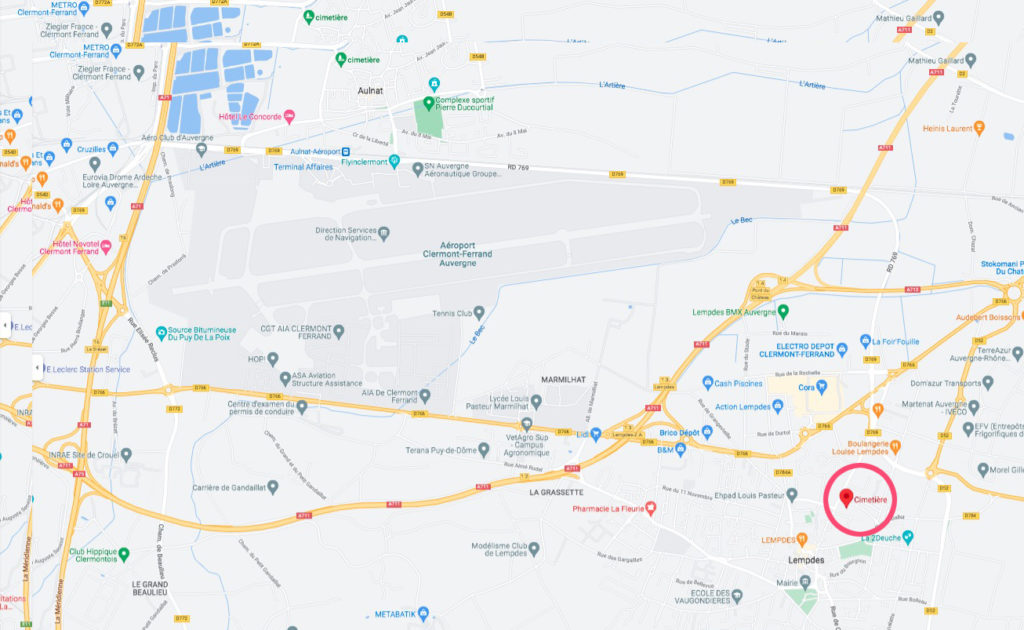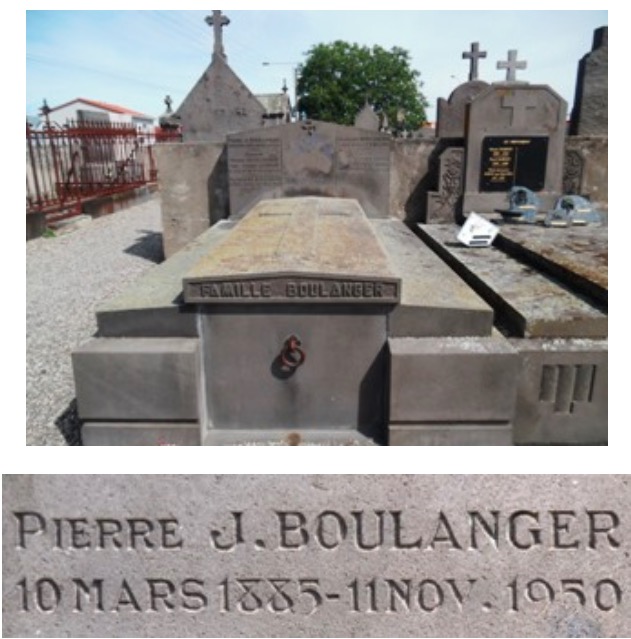It was Pierre-Jules Boulanger who, after the launch of the Traction Avant and death of André Citroen, took the company on a course that continued to set automotive innovation. Known to colleagues as PJB, he directed Citroën as a vice-president and as chairman from 1935 until his death in a car accident.
This stele* stands on the side of the D2009 south of Moulins in France, just north of Brout-Vernet where he was killed in his Traction Avant 15-6 on November 11, 1950.
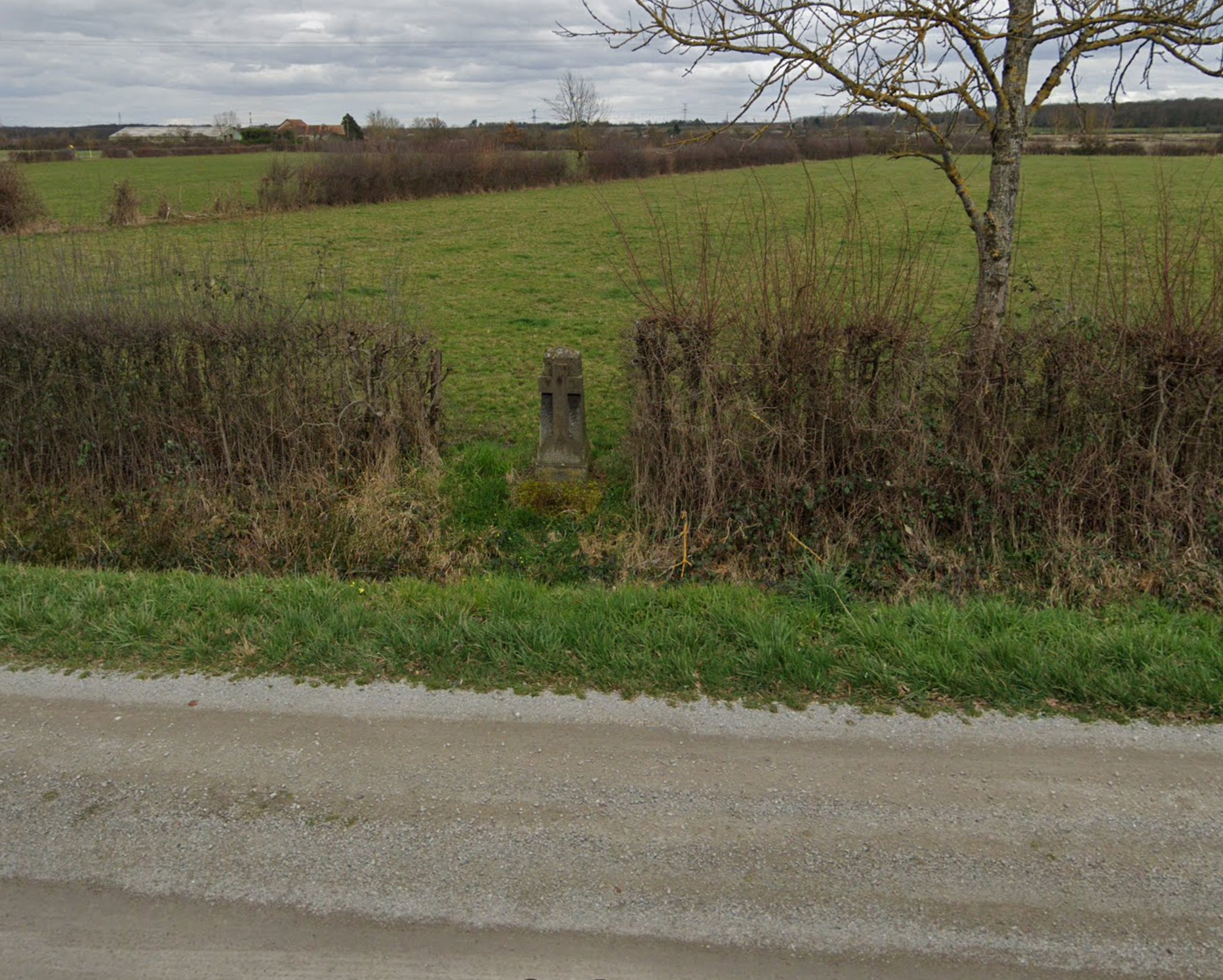


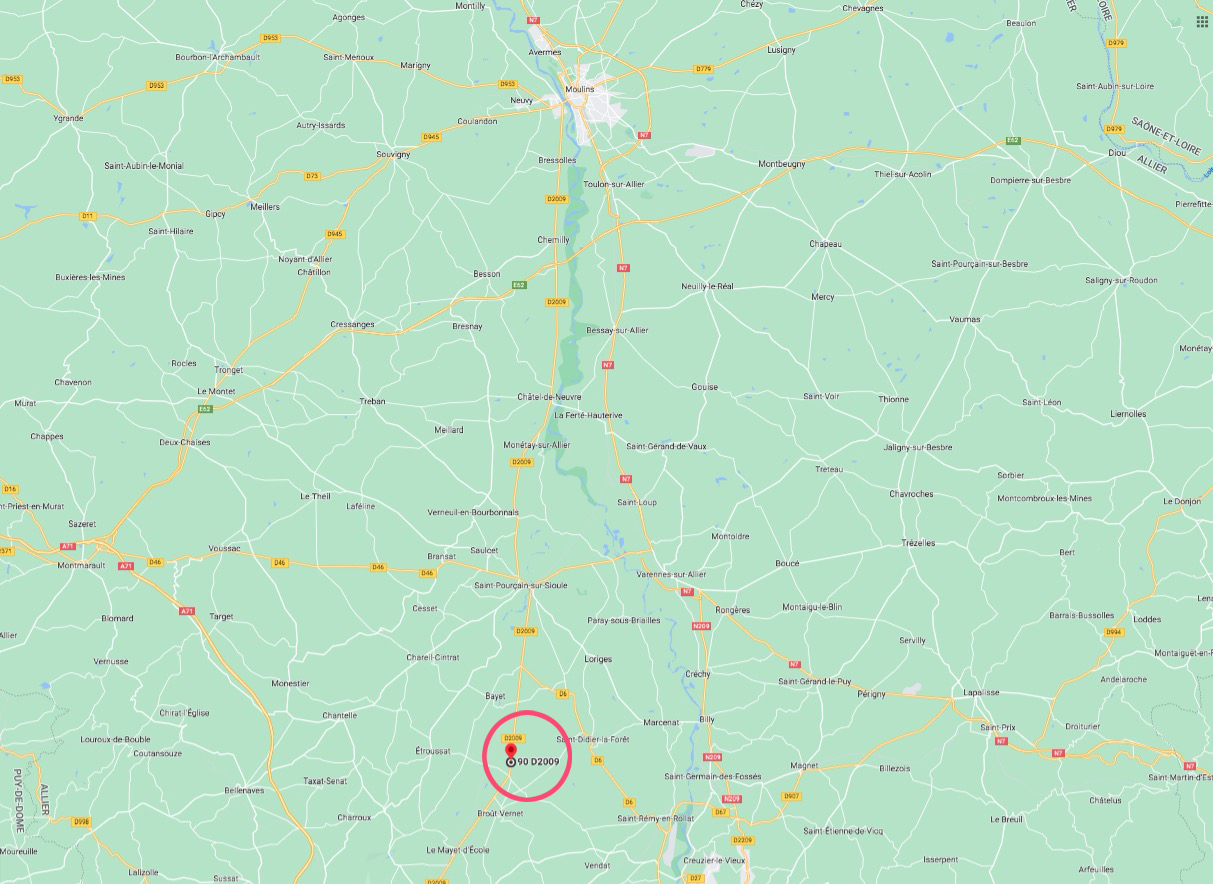

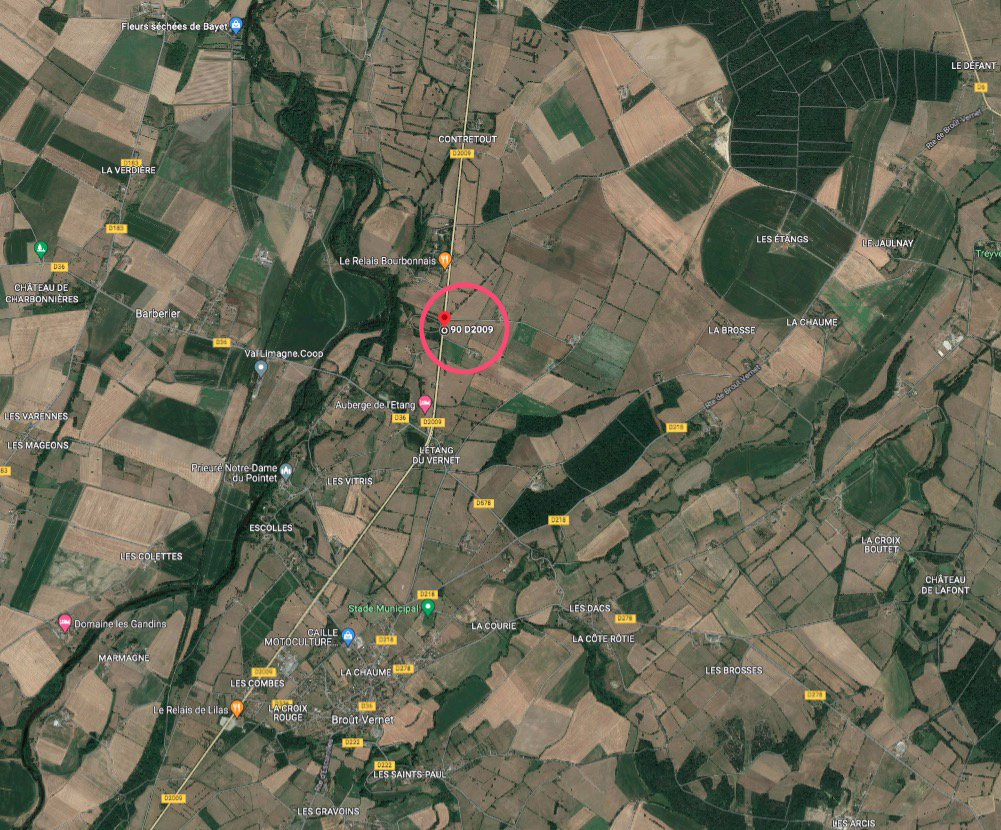
(Google: 90 D2009, 03110 Broût-Vernet, France).
Hardly anyone alive today in Brout-Vernet is aware of this marker.
Boulanger was driving between Clermont-Ferrand (the home of Michelin) and Paris with his wife. It was foggy and rainy and even though the road there is perfectly straight, the car hit a tree on the left side. The car was wrapped around the tree and he was probably killed instantly. His wife was severely injured but survived.



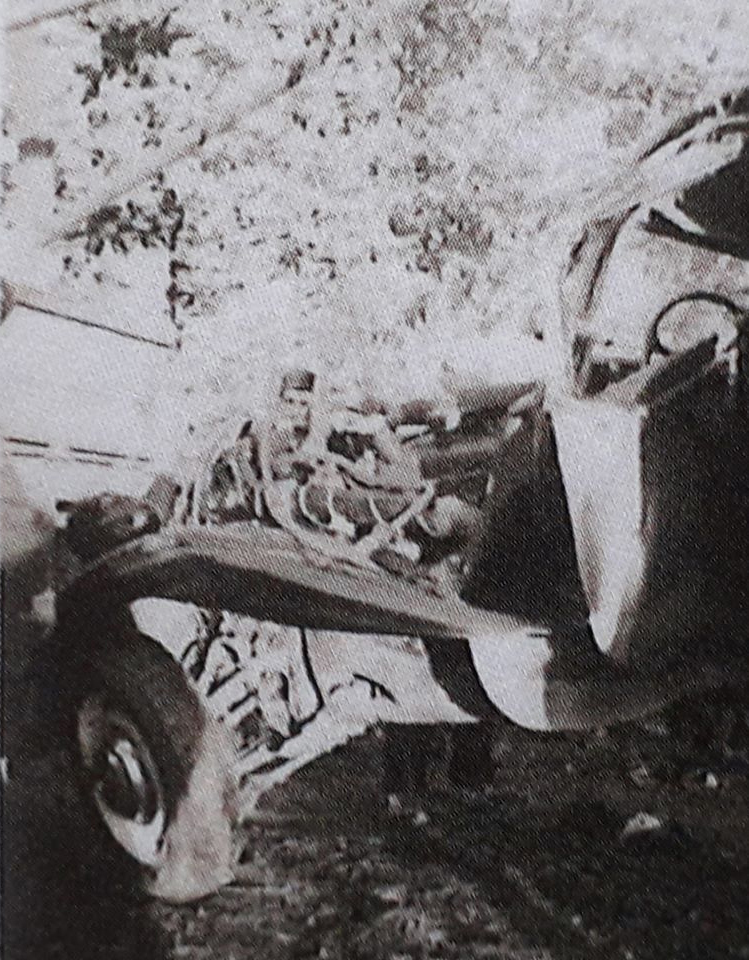
Boulanger was born in Sin-le-Noble Hauts-de-France. He studied fine art, but gave it up so that he could work. He worked in the French military service from 1906 to 1908 where he met Marcel Michelin (nephew of Édouard Michelin — co-director and founder of the business). After military service, Boulanger went to the United States where he undertook various trades. He returned to France in 1914 and re-joined the French military as corporal, becoming an aerial photographer. He performed well in the service and finished the war with the rank of captain, decorated with the Military Cross and the Legion of Honour.
Boulanger started working for the Michelin company in 1918, reporting directly to Édouard Michelin and joining the Michelin board in 1922. In 1938, he became the company’s joint managing director.
In December 1934, despite the assistance of the Michelin company, Citroën filed for bankruptcy. In December 1934, Michelin, already Citroën’s largest creditor, became its principal shareholder and Boulanger became the assistant of Pierre Michelin, who was appointed chairman of Citroën, replacing André Citroën. Boulanger became the vice-president and chief of the Engineering and Design department. He became president in 1937 after the death of his friend while also jointly managing the Michelin company.
As part of the policy to reduce costs at Citroën, Boulanger enacted wage cuts, cancelled the launching of the Traction Avant 22 V8, and implemented production efficiencies such as utilizing regular rear doors (cut to go around the rear wheels) of the Traction Avant on the the longer Limousine and Commerciale models rather than rear doors that were symmetrical to those on the front. His policies bore fruit and Citroën quickly recovered to be profitable again.
In 1936, Boulanger initiated a project to create the TPV (short for ‘Très Petite Voiture’ meaning ‘very small car’), which became the 2CV in 1948. Like Boulanger himself, the 2CV was known for its great capacity of work and its absence of ostentation.
During the occupation of France in WWII, Boulanger refused to meet or communicate with the German authorities except through intermediaries. He organized a ‘go slow’ of production of Citroën trucks for the German military, many of which were sabotaged at the factory, by putting the notch on the oil dipstick in the wrong place resulting in engine seizure. In 1944 when the Gestapo headquarters in Paris was sacked by members of the French Resistance, his name was prominent on a German blacklist of the most important ‘Enemies of the Reich’.
Another accomplishment for Boulanger was the introduction of the Citroën H Van. Introduced in 1947 this utilitarian commercial van was sold until 1981.
It is most unfortunate that Pierre-Jules Boulanger died before having known the success of the VGD (Voiture à Grande Diffusion which became the Citroën DS) project that he initiated and managed though its early development stage.

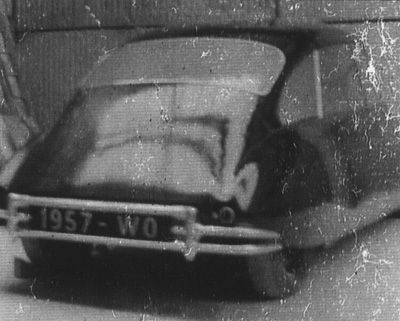
He is buried in the cemetery of Lempdes (Puy-de-Dôme), [63370 Lempdes, France], near Clermont-Ferrand, where he had his house.
Also see: https://www.brout-vernet.fr/decouvrir/1672
UPDATE — Sept 2, 2022: We left out a North American chapter of his life. He had a Seattle and British Columbia connection! This courtesy of the Northwest Citroën Owners Club and Chris Dubuque:
In 1908 at the age of 28, he moved to the USA and ended up working as an architect in Seattle for an architectural firm named, S.A. Jennings. Jennings’s firm designed several buildings in Seattle, including the brick warehouse on the Seattle waterfront that was for many years used as the Old Spaghetti Factory.
After a brief return to France, he moved back to the Northwest in 1913 and worked at an architectural firm in Victoria B.C. called, Rochfort & Sankey. But he clearly retained ties with S.A. Jennings since business records show his name in a newly-formed partnership called Jennings & Boulanger Architects, with an office on Douglas Street in Victoria.
Of his more visible contributions to Victoria are a series of three neighborhood gates designed by Boulanger:
- Beach Drive at Thorpe Place
- Uplands Road at Cadboro Bay Road
- Beach Drive at Cadboro Bay Road
World War I bought him back to France, so his architectural career in Victoria was brief. But if you have driven Beach Drive in Victoria near Oak Bay, you have probably driven past at least one of Boulanger’s gates!
